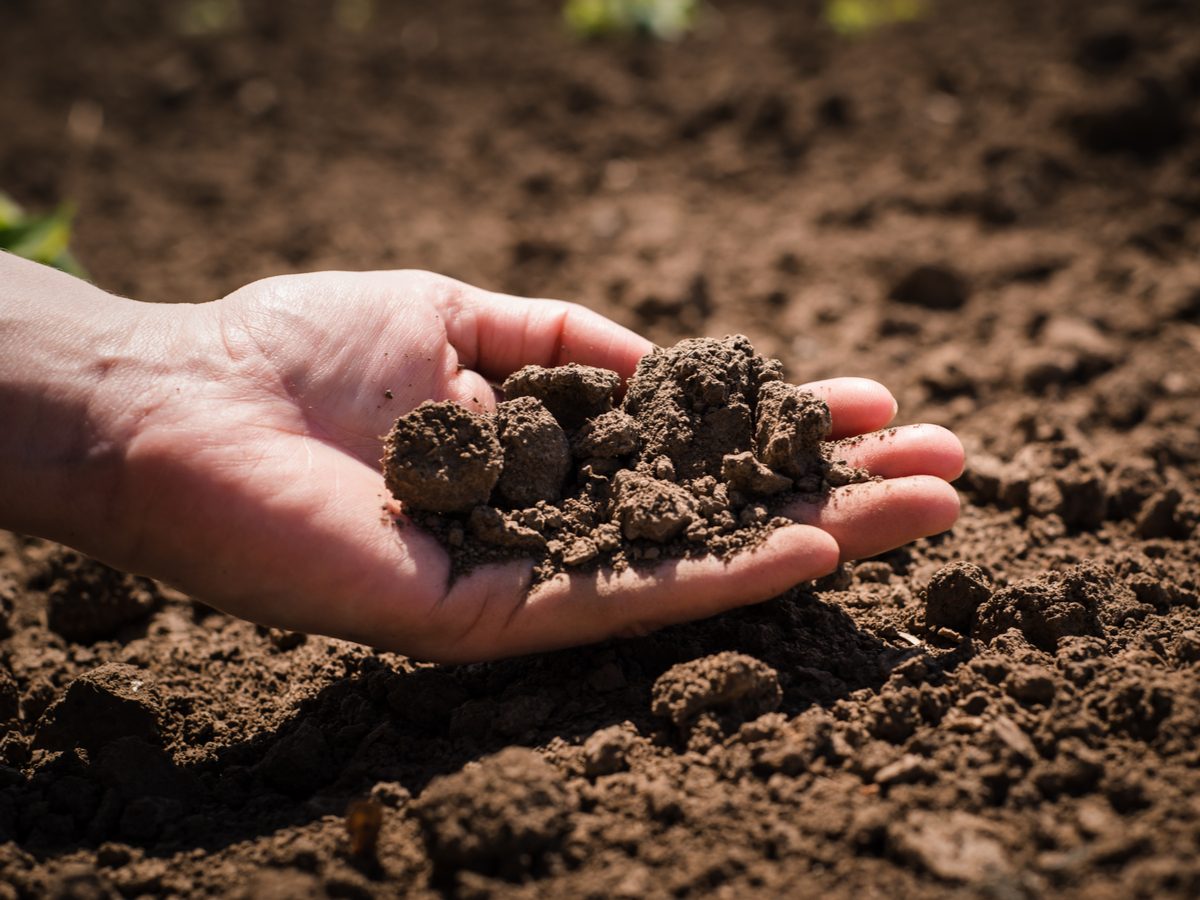How to Amend Soil for a Nutrient-Rich Garden
Here's how to amend your soil's texture, pH and nutrients to maximize garden growth.

How to amend soil
A cooped-up winter fuels spring fever and that seasonal need to fill trunks and truck beds with seedlings, plants and dreams of a picture-perfect garden. But before you start digging in, pause and pay attention to your dirt.
“As much as we get excited about flowers and vegetables, you have to take a step back,” says Erin Schanen, a Master Gardener volunteer, creator of The Impatient Gardener and Troy-Bilt’s garden expert. “Soil is everything.”
Minerals, organic materials, air and water blend together to create soil. Having the right balance in texture and nutrients is essential for healthy plants and a bountiful garden. (Want to do your part to save the honeybees? Add these bee-friendly plants to your yard.)
Test your soil
The first step should be a soil test. They are easy to order online or find in a local hardware store.
Adjust the pH level
Testing can show whether your soil is out of balance with too much acid or alkaline. Adding limestone to raise pH or sulfur to lower it can bring soil to the neutral level most plants need to access essential nutrients. Some plants, such as blueberries, azaleas and rhododendrons, prefer a more acidic soil. (Not all bugs are pests! Here’s how to roll out the welcome mat for insects that are actually good for your garden.)
Improve soil texture
Soil requires a good balance of organic matter so it’s not too heavy or too light. If soil contains too much sand, it drains too quickly, preventing roots from capturing water and nutrients. Too much clay prevents proper drainage, and water buildup can drown the roots. Roots need air, and must be able to spread into the soil.
Schanen says “compost improves almost every soil” by helping sandy soil retain water and lightening clay soil to help it drain.
Till in chopped leaves
You can also till or hoe finely chopped leaves (captured in your lawn mower bag) into your garden to improve the soil’s texture. Don’t mix in other organics such as egg shells, fireplace ash, coffee grounds and vegetable and fruit peelings unless they’ve had time to compost.
Add fertilizer
If the soil test reveals low levels of key elements like potassium, phosphorus and nitrogen, commercial fertilizers such as Milorganite can enrich the soil. Depending on test results and recommendations, adding minerals like calcium and magnesium can help vegetables thrive.
Replenish soil annually
With an established garden, add an inch of compost each year. You also can add a layer of leaves to keep soil cooler, retain moisture and make it harder for uninvited seeds to take root. Think of this as the super shield against invading seeds from weeds or trees.
Next, check out these tips for growing a vegetable garden—anywhere!



